This week archaeologists in the Bulgarian town of Sozopol unearthed two skeletons dating from the Middle Ages. Both had pierced through the chest with iron stakes. They were vampires.
During the 18th century, there was a frenzy of vampire sightings in Eastern Europe, with frequent such stakings and exhumations. The hysteria raged for a generation. Even Voltaire wrote about it: “These vampires were corpses, who went out of their graves at night to suck the blood of the living, either at their throats or stomachs, after which they returned to their cemeteries. The persons so sucked waned, grew pale, and fell into consumption, while the sucking corpses grew fat, got rosy, and enjoyed an excellent appetite.”
In medieval times, a murderer, suicide or a witch was thought to be susceptible to possession by other unclean souls and spirits upon their death. But folk beliefs of supernatural beings consuming the blood or flesh of the living are even more ancient than that. Such tales have been found in nearly every culture around the world since prehistoric times. Creatures attempting to drink blood from men were depicted on excavated pottery shards in Bablonia and Assyria.
But it was actually the Christian Church of the Middle Ages that reinterpreted vampires into minions of Satan. It was expedient to do so: “Just as a vampire takes a sinner’s very spirit into itself by drinking his blood, so also can a righteous Christian by drinking Christ’s blood take the divine spirit into himself.” This led to the belief in Christian iconography as protection against the undead.
So it is not difficult to see how hysteria might take root in any superstitious rural community. Allegations of vampire attacks swept through rural Malawi in Africa as recently as 2002, with mobs stoning one individual to death and attacking at least four others, including Governor Eric Chiwaya, who they believed was colluding with the vampires.
It caused the Malawi president to make his famous announcement in his defence: “No government can go about sucking the blood of its own people - that’s thuggery.” Tell that to the IRS, pal.
But are vampires real? Actually - sort of. There is a condition known as Renfeld’s syndrome, (coined after Dracula’s repulsive bug-munching gopher, Renfield, in the Bram Stoker novel), that drives certain individuals to crave blood, for its supposed supernatural properties. They also become sexually aroused by it, which is after all the subtext to all vampire movies. (Dracula could get blood out of the girl’s wrist, but it’s always the neck. Love at first bite!)
Though extremely rare, the condition is thought to be almost exclusively found in men. Serial killers Peter Kurten and Richard Trenton Chase drank the blood of people they murdered. Curiously though, the most famous ‘Renfield’ was the 16th-century Hungarian countess and mass murderer Elizabeth Bathory, who bathed in her victims’ blood in order to retain her youth.
Some of the first references to this disorder were described by German psychiatrist Richard van Krafft-Ebing’s 1886 text Psychopathia Sexualis and it’s thought that Dracula’s creator Bram Stoker was familiar with that work.
So what really creates vampirism? The Spanish neurologist Juan Gomez-Alonso believes that rabies is the culprit. The disease can lead to a drive to bite others and to a bloody frothing at the mouth. Wolves and bats, familiars of all vampires, are often carriers of the virus. In his article for Neurology, Dr Gomez-Alonso wrote: “Hypersexuality may also be a striking manifestation of rabies. Literature reports cases of rabid patients who practiced intercourse up to 30 times in a day.”
Cue the sexy, insatiable beast.
Rabies or not, by the time of the Middle Ages the church authorities were caught between a stake and a hard place. They could not undermine their parishioner’s belief in physical resurrection, so at times they even joined in the disinterment and staking of the “problematic” dead.
But the hysteria was largely confined to the Balkans until the 19th century and the success of John Polidori’s 1819 novella The Vampyre. The theme was picked up by a highly popular series of pamphlets referred to as penny dreadfuls (because of their inexpensive price and typically gruesome contents.)
They in turn inspired Bram Stoker’s quintessential vampire novel, ‘Dracula.’ Unlike the vampires of folklore, who were basically just zombies, Dracula exuded aristocratic charm and sophistication.
Stoker’s portrayal of vampirism as a disease of contagious demonic possession, and the novel’s undertones of sex, blood and death, struck a chord in 19th century Europe where TB and syphilis were all too common. The fangs and the vulnerability to sunlight were his idea; but the trademark cloak did not appear until stage productions of the 1920’s.
But why Dracula? Stoker came across the name in his reading on Romanian history and chose this to replace the name (Count Wampyr) that he had originally intended to use for his villain.
The 15th century Wallachian was better known by his nickname, Prince Vlad III the Impaler. He was a member of the Order of the Dragon (Dracul) founded to protect Christianity in Europe from the invading Ottoman Turk.
And protect he did, though not in a very Christian way. As his nickname suggests his favourite method of execution was inspired by the kebab. Though not always; he once had two Turkish envoys killed - on the pretext that they had refused to raise their “hats” to him - by nailing their turbans to their heads.
Estimates of the total number of his victims range from 40,000 to 100,000, more than even four centuries of witch hunting right across Europe.
Perhaps it was his liberal use of impaling that gave Bram the idea to choose him as the namesake for his villain. But whatever the reason one thing seems certain; given the success of Stephanie Meyer and Anne Rice and Buffy, vampires are going to live on forever.
But what’s behind our passion for the undead? Is it because they scare us … or because they’re sexy?
Or do you think it’s something deeper than that … ?


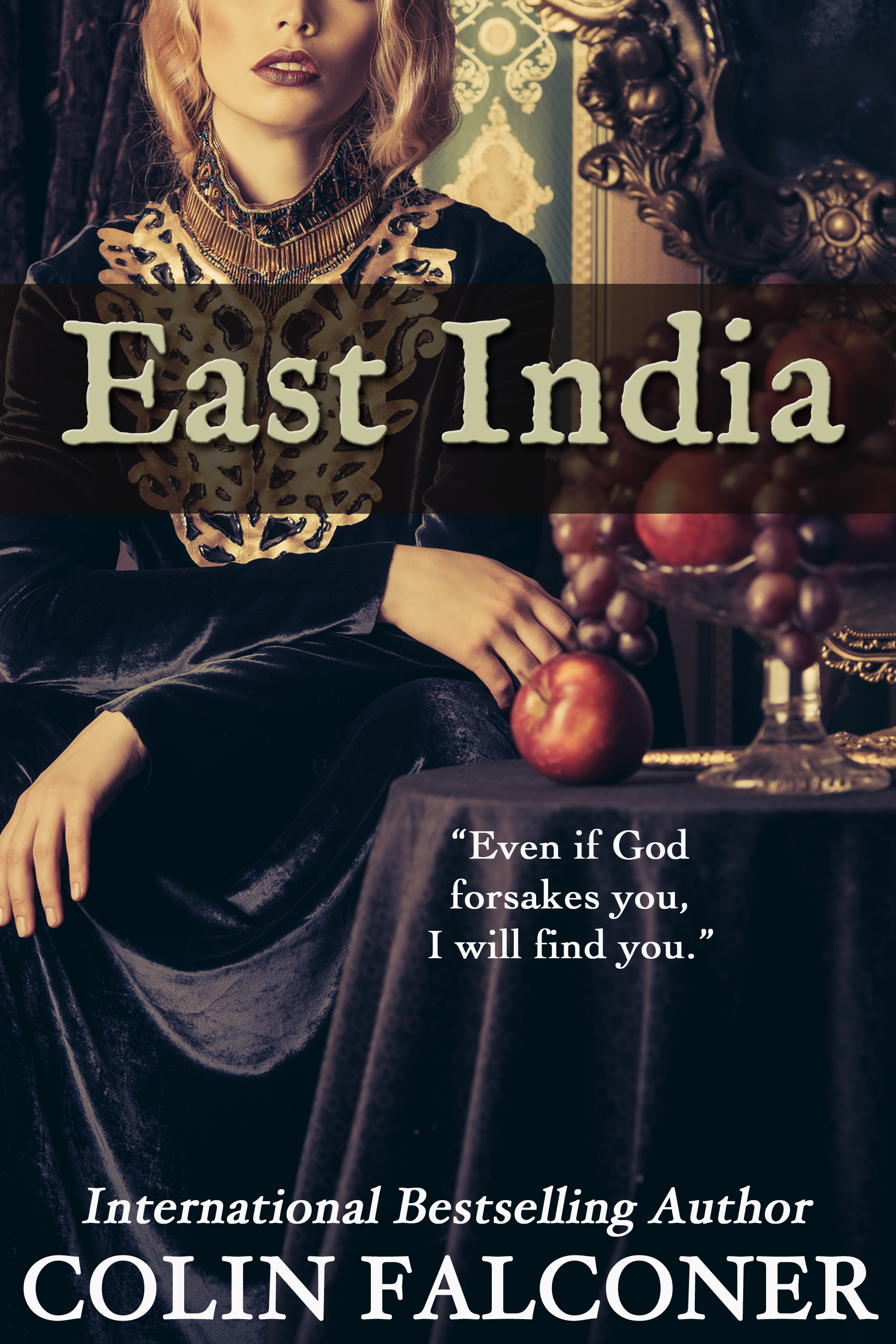
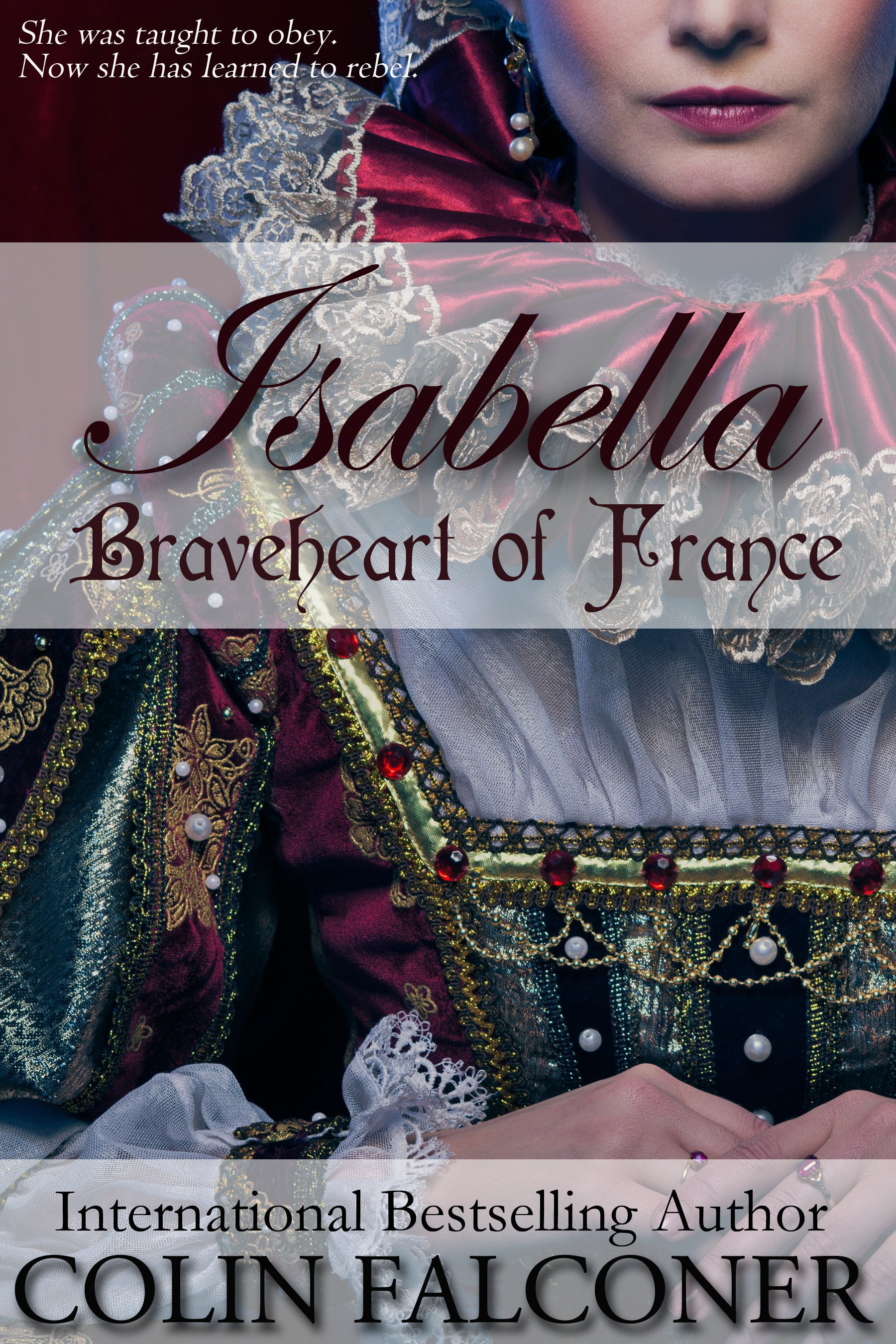
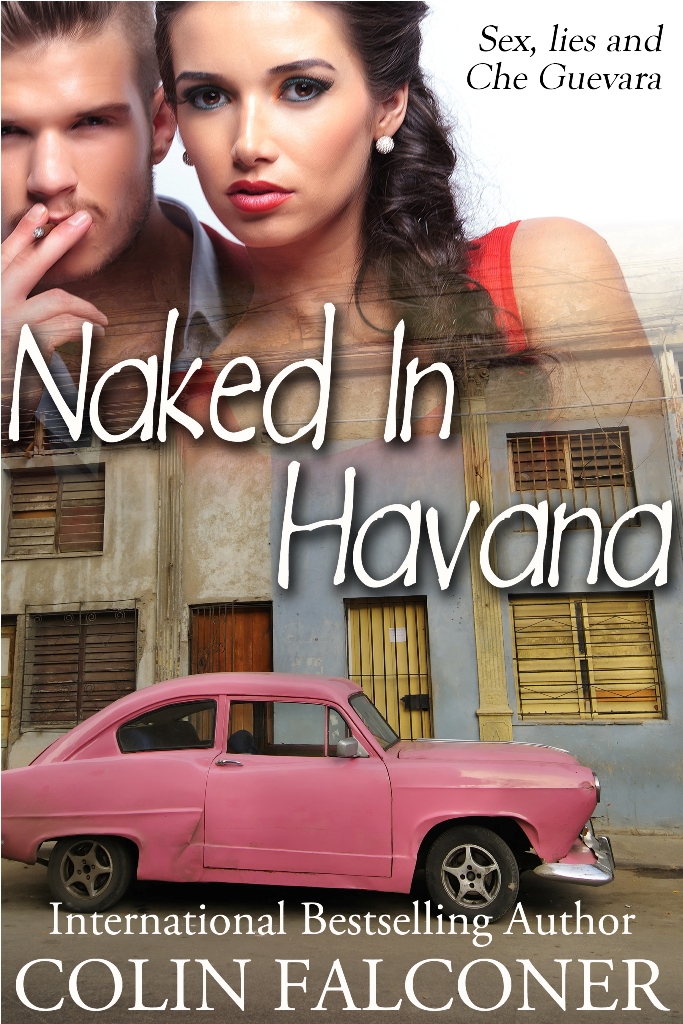

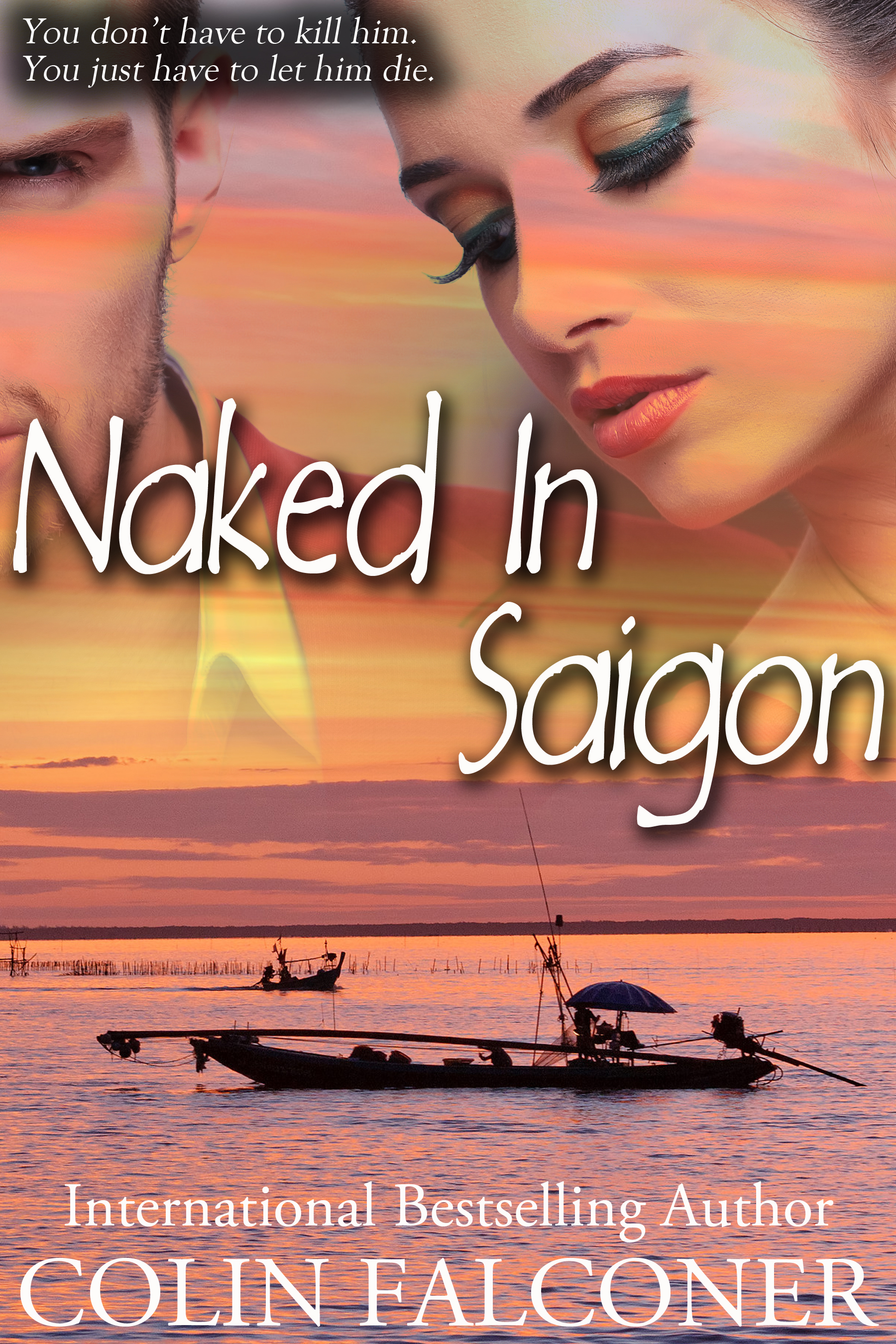
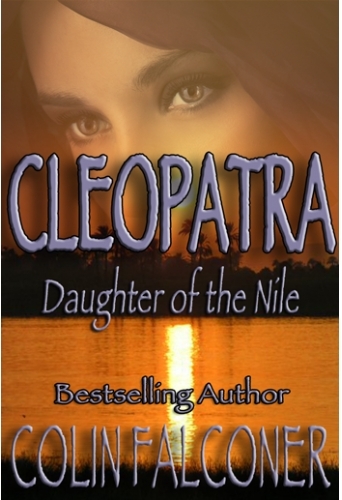

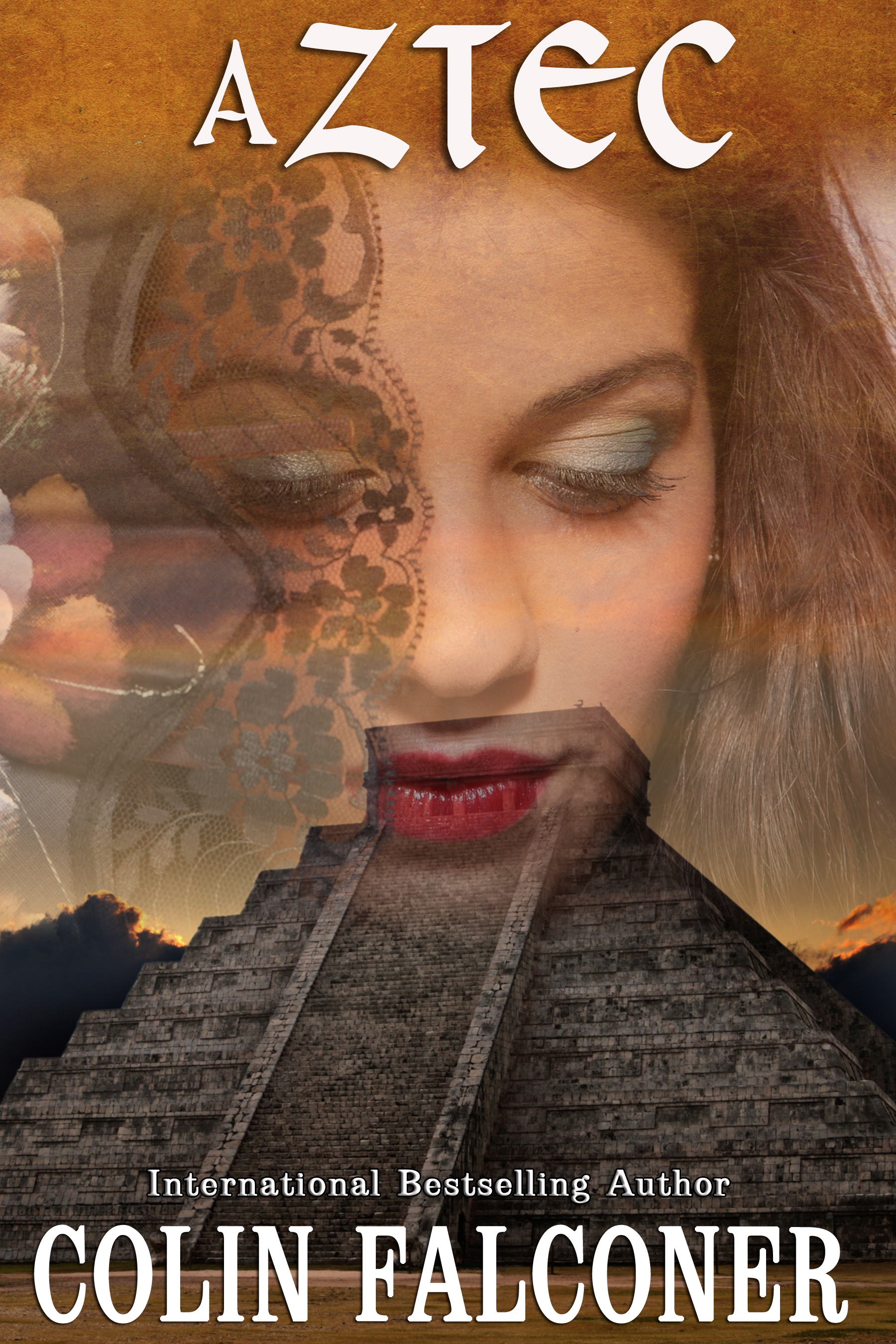


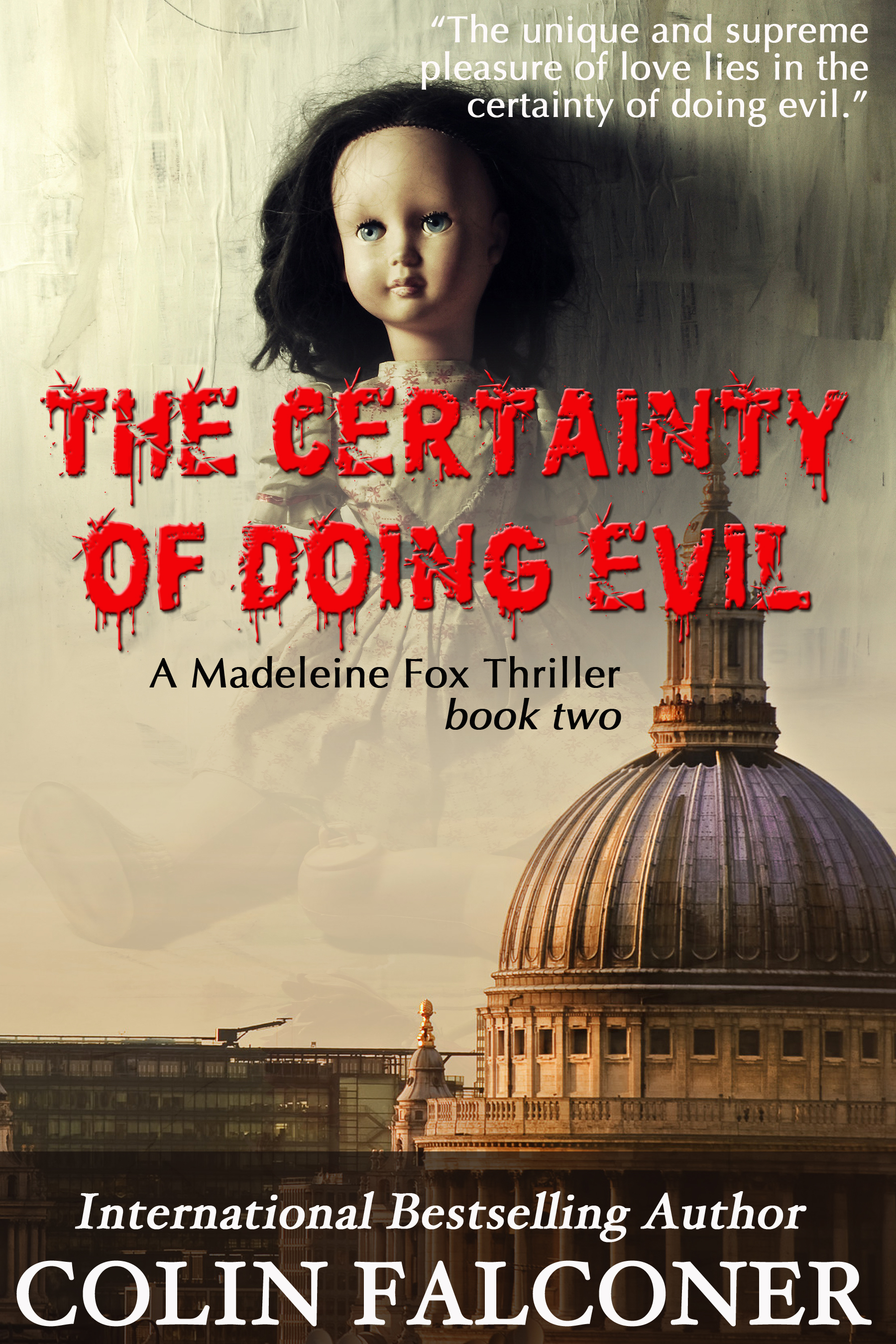
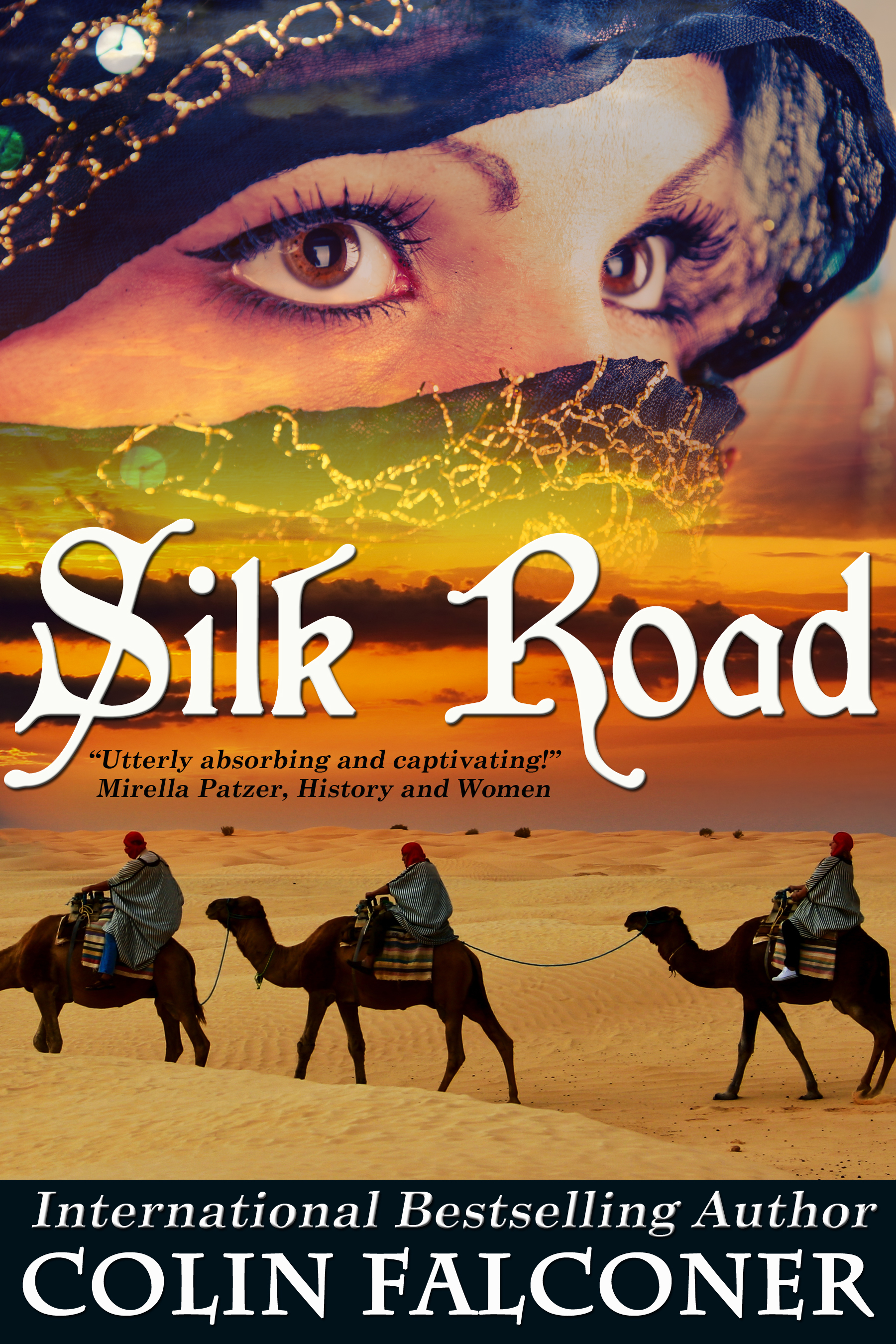
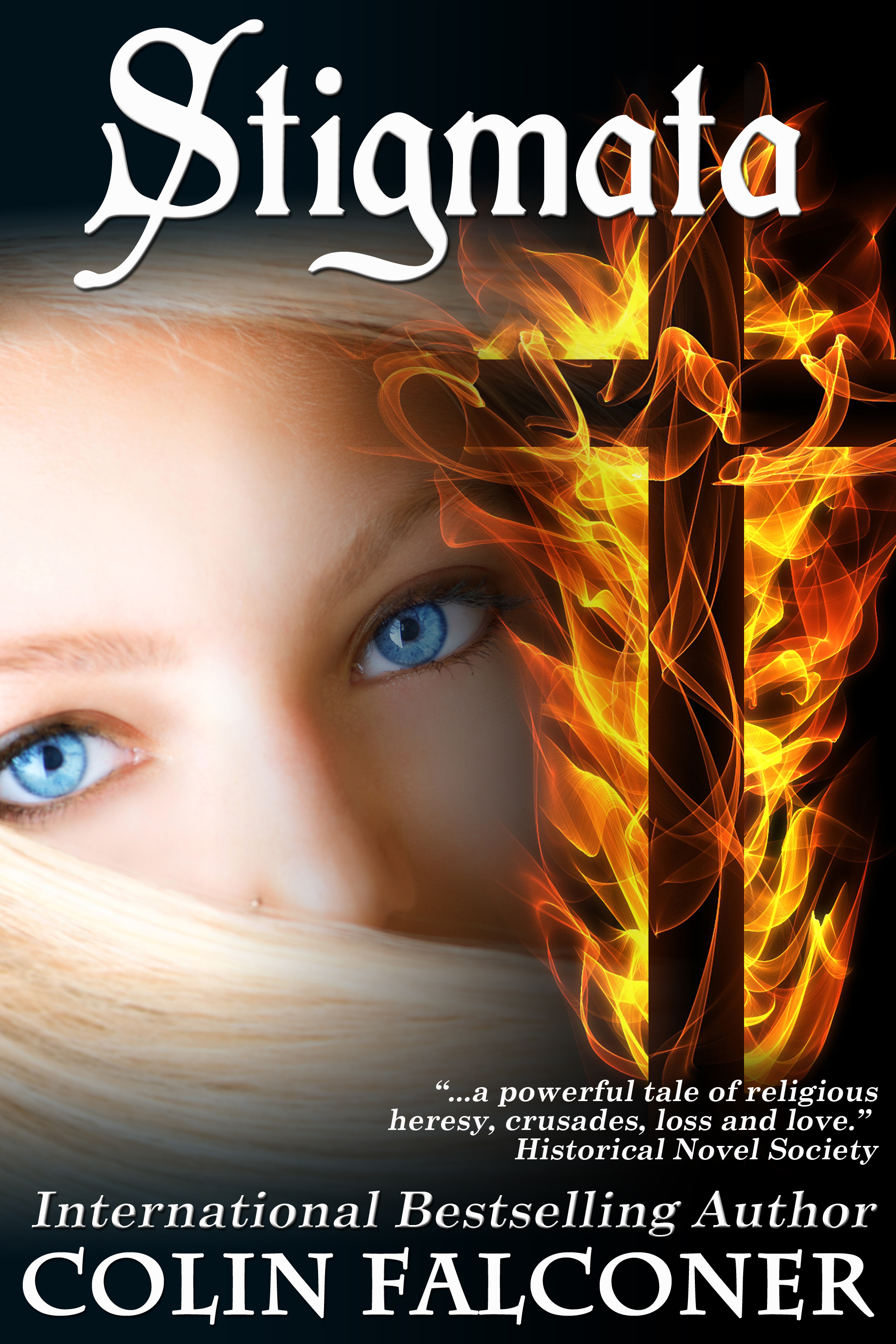
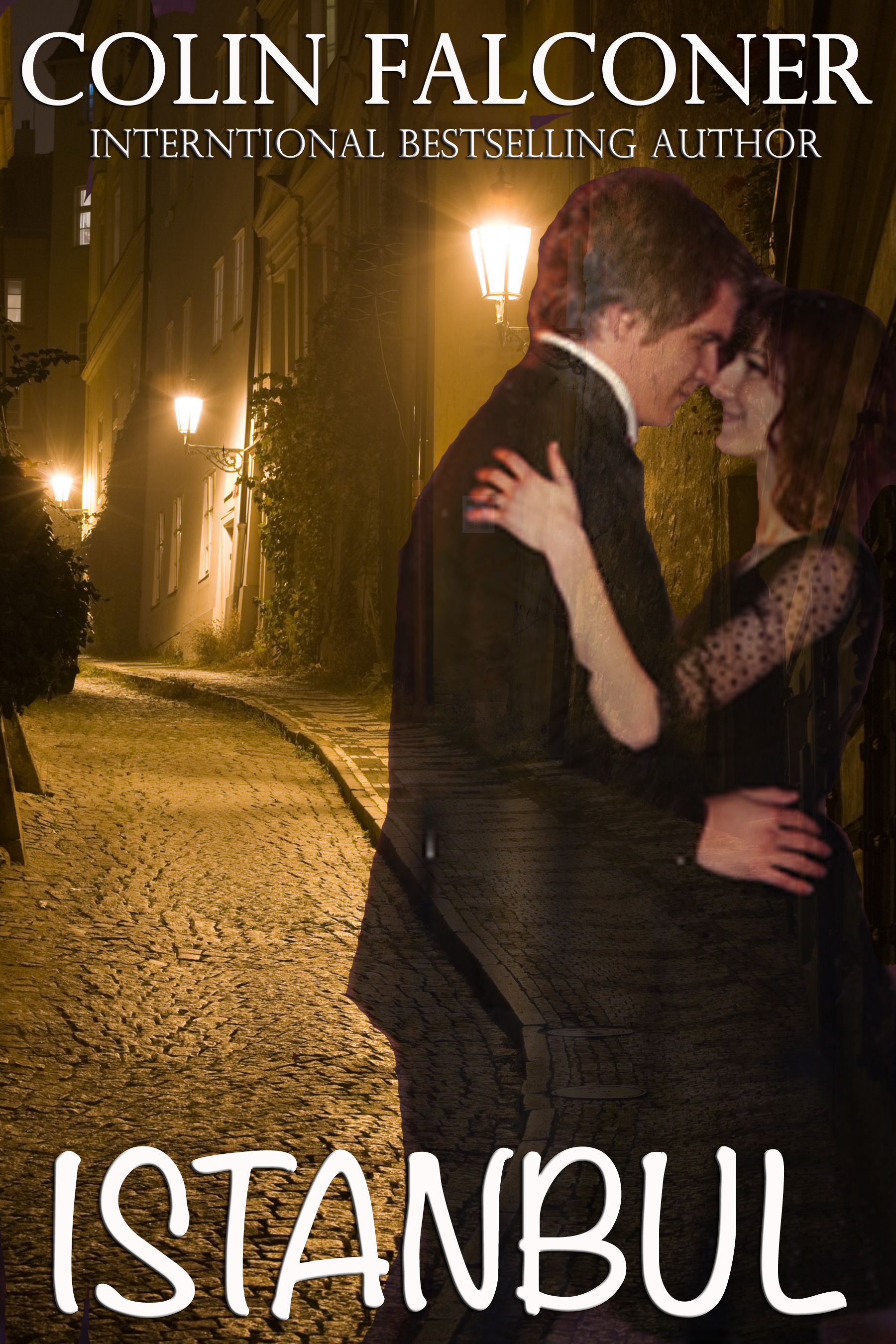




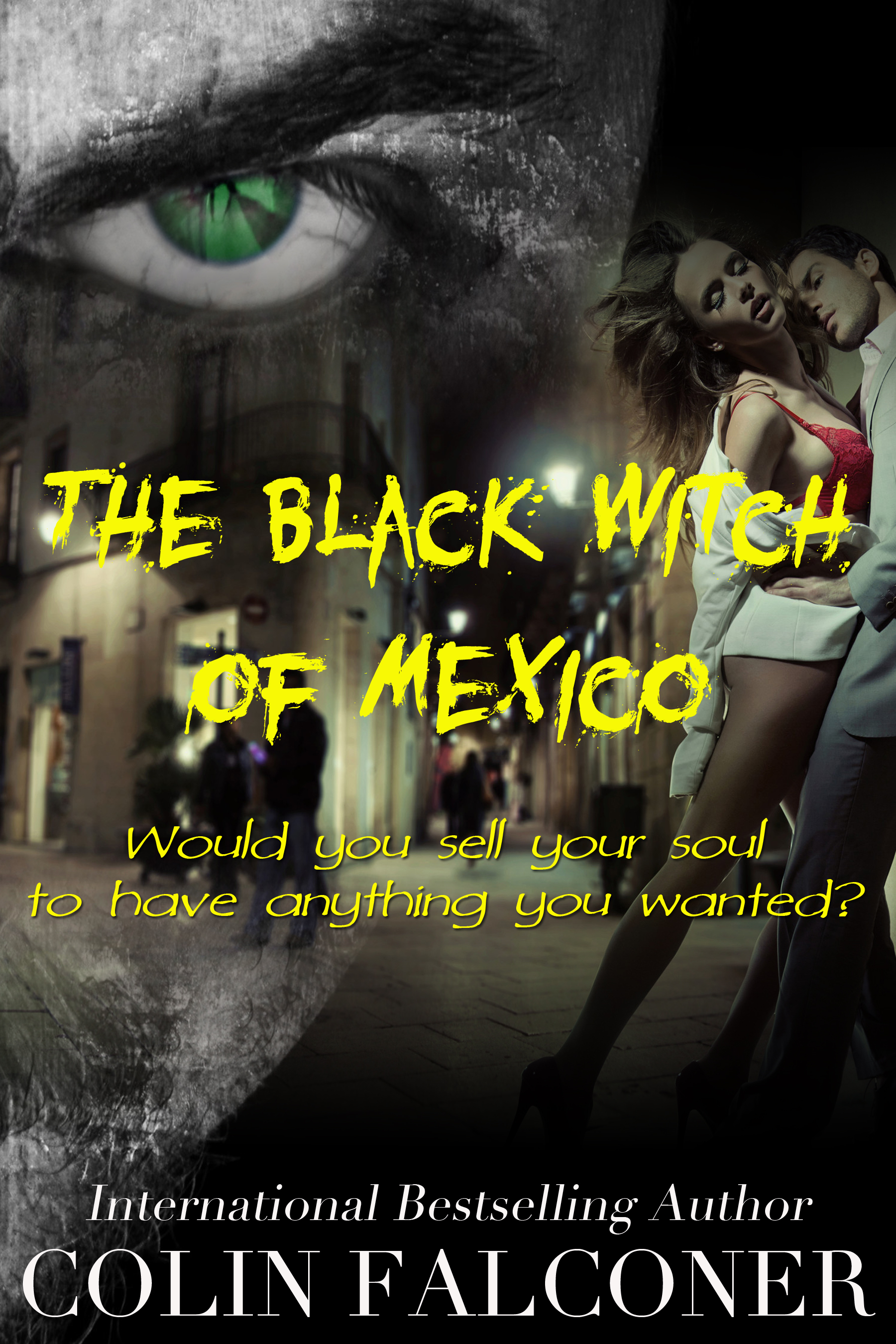
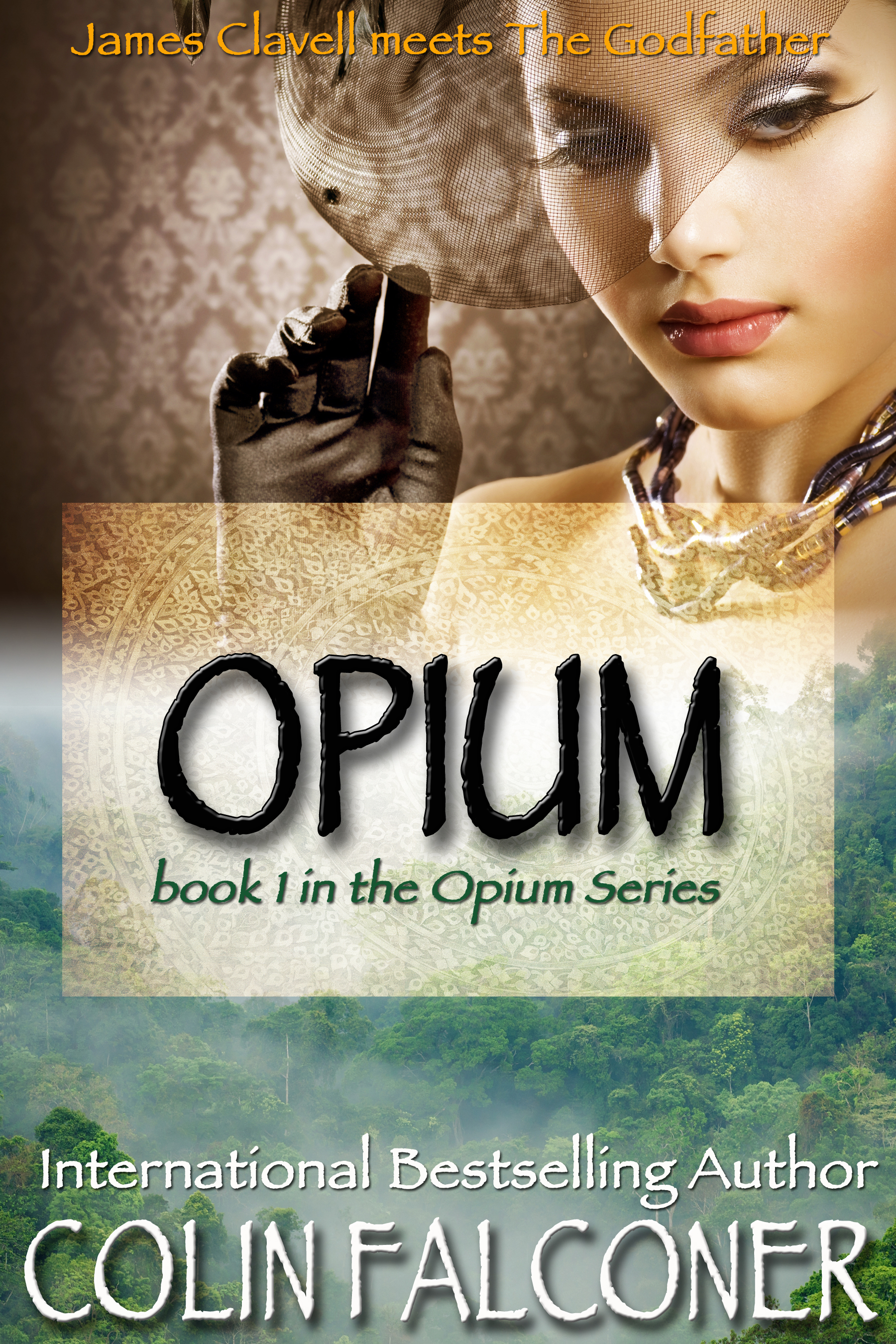

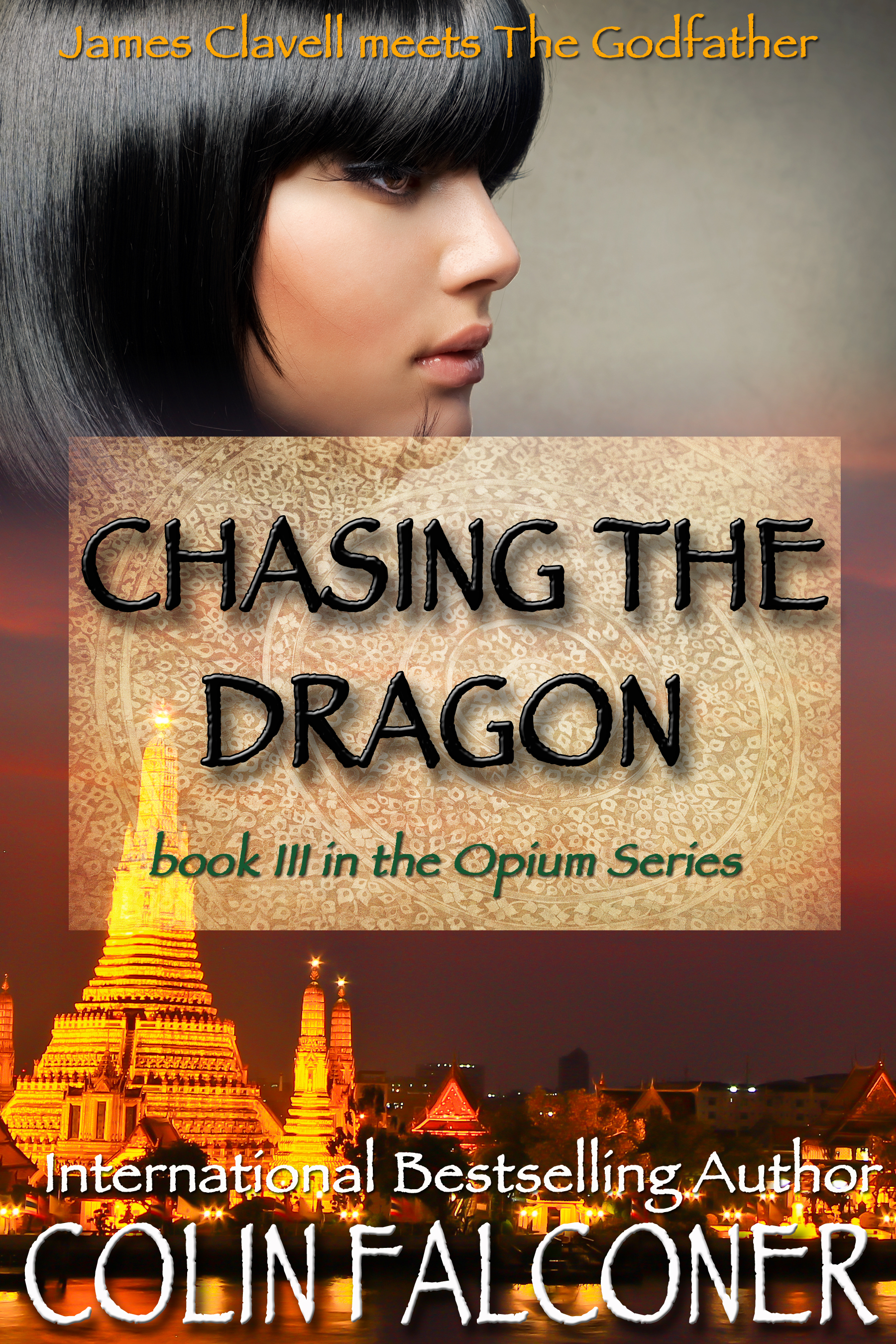
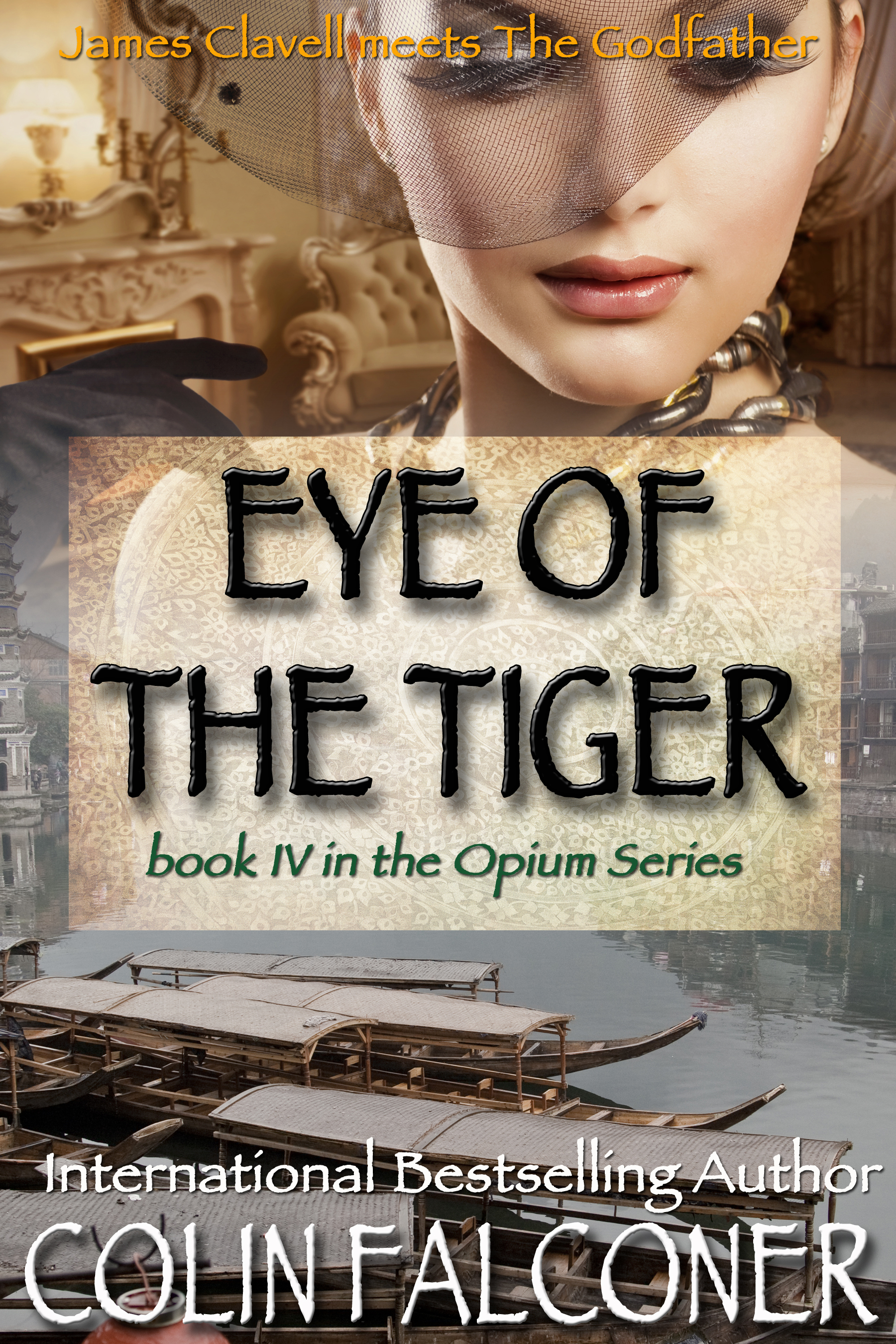





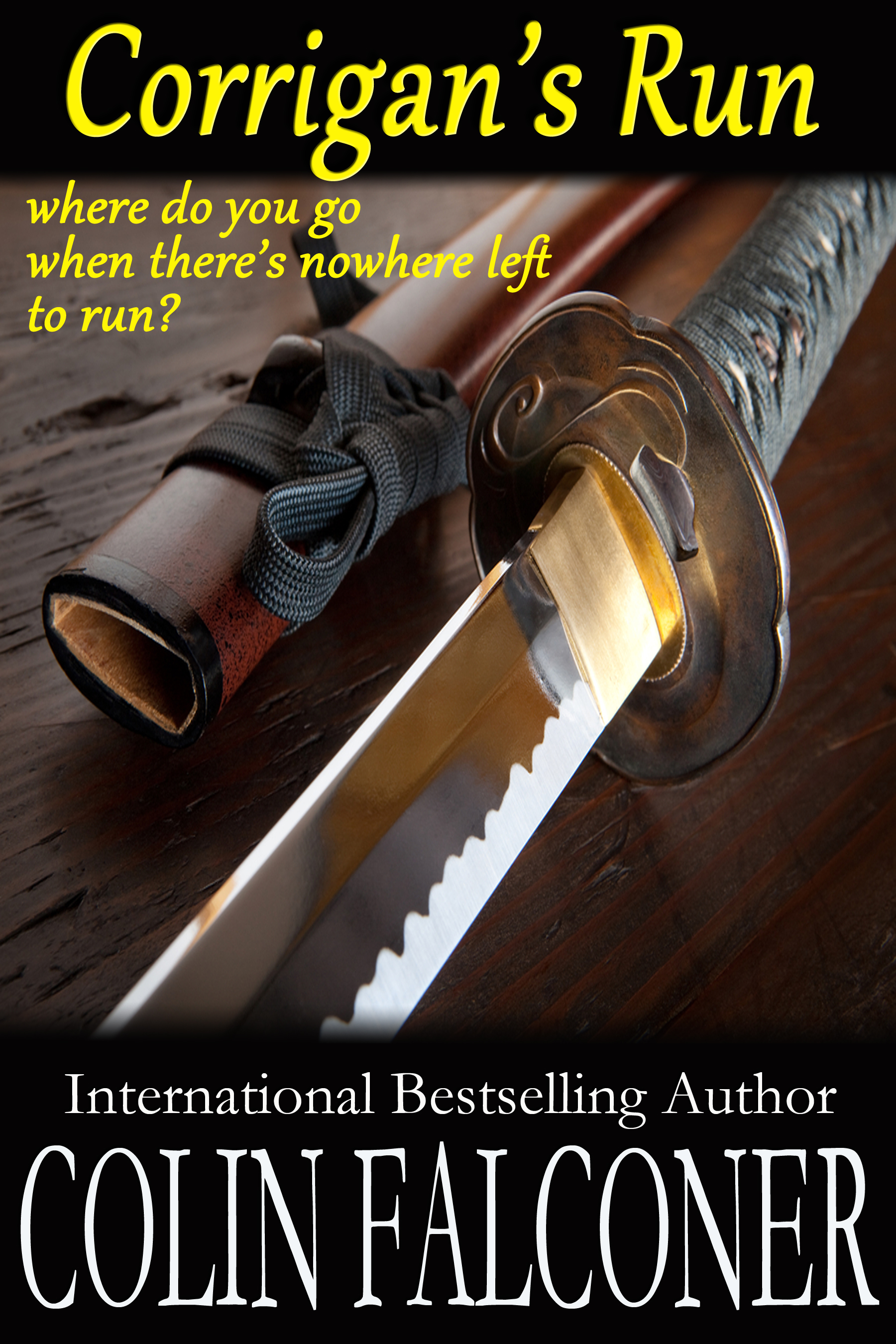
I believe the passion for vampires/werewolves etc is due to political correctness of our society today. No way would an aggressive Alpha male be tolerated by most women today. (Although with the success of the best selling erotic romance, Fifty Shades of Grey, I could be wrong!) However, that just goes to prove women love reading about one. In the past it was cowboys and the Australian outback heroes or the desert Princes (all of whom still make certain romance readers swoon and sell well.) By writing about Vampires an author can let him off the leash, so to speak, be afraid and aroused at the same time. Although in a romance the heroine always brings him to his knees at the end.
I enjoy how you weave historical facts into your fiction, Colin. And the recent discovery in Sozopol ran a shiver up my spine. Truth is always stranger than fiction.
Great post.
Thanks CC. And you make some really interesting points. The Mash I wrote on Sunday included a post by Sara Wolpert Foster and she had said somethings to say about 50 Shades of Grey, along the lines you mention. If you haven’t seen it, it’s worth checking out. We do seem to let our subconscious demons off the leash in fiction, as you say, even if we disdain them in real life.
I had heard about ol’ Vlad III, the original Dracula. He was incredibly gruesome! I didn’t know about Renfield’s disease though. How creepy is that? When you were researching, did you find if any so-called normal people suffered from Renfield’s or are all known cases belonging to murderers? How bizarre. And really really eerie. I wish I hadn’t read this before bed. Does your post come with a nightlight?
Renfeld’s disease is apparently extremely rare. And the ones I read about were all murderers, though I’m no expert. They start off drinking their own blood, then go to animals and then … sorry, I shouldn’t say all this stuff without the nightlight! I hadn’t heard of Renfeld’s before I did the post either.
It probably doesn’t surprise you to know I have heard of Vlad. Especially since he has been discussed on my blog. But I have also heard of Elizabeth Bathory. A rather interesting piece of work. The correlations between the disease and murderers makes complete sense to me. Thanks, Colin, for another great post.
Thanks Debra. Elizabeth Bathory is a real anomaly, as almost all of those diagnosed with Renfeld’s were men. I wonder why she was the exceptiion. Might do a post and find out …
I was wondering if Vlad was the same one you wrote about. Didn’t he live in a fortress with about a million steps leading up to it?
There’s about five Dracula castles in Romania, some associated with Vlad, some with the Dracula legend according to Bram Stoker. When i was in Bucharest you couldn’t go anywhere without falling into a Dracula themed restaurant!
That sounds like fun. The best we can pull off in the States for scary/interesting are haunted places and Edgar Allen Poe. Well, Detroit, Chicago and New York rate right up there, too.
I had not heard of Renfield’s disease. However, I have heard of another rare, inherited, disorder: porphyria, a problem with one’s hemoglobin that causes light sensitivity where exposure to light cause pain and severe blisters. These poor souls drank blood as a treatment for their condition. The origins of mythologies like vampires, is fascinating. Thanks, Colin for another set of fascinating correlations between history and fiction.
And thanks for bringing up porphyria. I came across it but didn’t have room in the post to include it. How fiction and fact gets muddied in the case of vampires is what fascinated me the most about this one. That people actually did dig up the dead and put stakes through their chest I find more chilling than Bram Stoker’s imagination!
Very informative post, Colin! Love a good vampire story myself I have to wonder about the trend since Buffy (with Twilight, True Blood etc.) where the division between vampire and human is less and less apparent. Can’t help wondering if this is a fear of the Capitalist system at work…draining us all of our lifeblood and turning us into a society of the living dead. But then I think…what happens when the world is overrun by vampires? Endlessly fascinating.
I have to wonder about the trend since Buffy (with Twilight, True Blood etc.) where the division between vampire and human is less and less apparent. Can’t help wondering if this is a fear of the Capitalist system at work…draining us all of our lifeblood and turning us into a society of the living dead. But then I think…what happens when the world is overrun by vampires? Endlessly fascinating.
I think vampires as a social trend is worth investigating. When did they stop being horrifying and start being sexy? It would be interesting to have a social commentator’s point of view on it. They have become a source of endless fascination for writers - but not artists, for some reason. And a researcher a few years ago did do the math about the world being over run by vampires - apparently, if they fed once a month, (a very frugal diet) and everyone they bit became a vampire, we would have all been vampires by the time of Queen Victoria latest!
Ha! That’s pretty funny, really. Actually, I realised after I wrote that comment that the trend appears to have changed anyway…where vamps are not so much into the killing, but letting the humans be a living source of blood. Theme of interdependence, maybe? Anyway, thanks for the interesting facts
You’re right they are evolving. I wonder what the next trend will be? If you can work that one out you may be the next Stephanie Meyer …
Pingback: Glorious Mistakes or Wave of the Future? | Lynette M Burrows' blog
Damn. I wish I’d read this shortly after getting up this morning…rather than just before I’ll be heading to bed.
Why do we like vampires? I think it’s because pretty much because every human being in the civilized world is afraid of dying. At least on some level. So they read about people who have died, but yet live on forever. I’m too tired to think past this explanation.
You may be tired Kristy, but you’re in line with what many psychologists think - that the eternal life concept is what holds the greatest appeal for many people about the vampire legends. For me, it’s all about the cape!
More tired than I realized. Wow, my comment needed some serious editing!
I agree with you though…the cape is totally cool. Vampires (pre-Stephenie Meyer anyway) were sharply dressed creatures.
Vlad Tepes and Elizabeth Bathory were really gruesome people. I think that in ye olde times people were really concerned about being buried alive, and that might have happened to many poor people who were thought to be vampires. There were practices to stay at vigil beside the body for some time before it was buried because even testing the breathing with mirror or stabbing someone weren’t entirely reliable methods.
I agree with Kristy that longing for immortality is one of the reasons why vampires are so popular now. Also the blood lust is an animal trait. Modern people really struggle to keep their basic urges in control, not to mention aggression. When someone gives in, that might make them sexy. Or then people find the good vampires fighting their natures appealing.
Some really good points there, Reetta. Certainly the fear of being buried alive was not simple paranoia (there was a case of someone sitting up in their coffin at their own funeral even in the last two weeks - it happened in Brazil.) I like what you suggested about blood lust - vampires do seem to represent that animal and primal part of our natures.
Pingback: HOW TO WRITE A MASTERPIECE AT JUST 18¾ | LOOKING FOR MR GOODSTORY
I think it is the sexy way they are portrayed in film. Remember Elvira?! Tom Cruise almost ruined it for me!
Great retrospective. Thanks so much for digging this one out of the crypt for us!!!